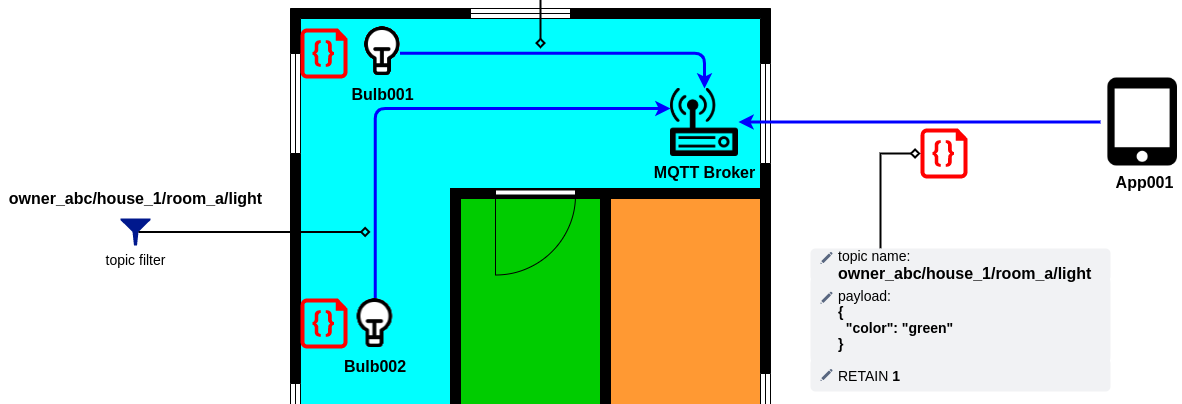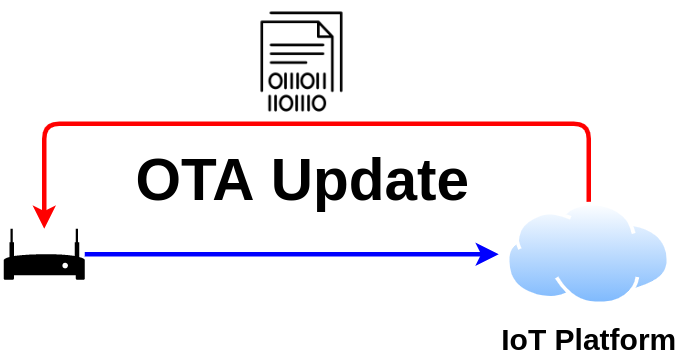Design during Development
Design during Development - is that always a bad approach? typically that is the case The best practice is to Design before starting the Development.
This approach provides multiple benefits:
it is easier to update the design (for example, a UML diagram) than modify the software/hardware prototype; good design helps to manage the complexity (for example, by creating abstraction layers) and hide the logic of internal modules; during the design stage, we can identify future issues (for example, inadequate data structures) and fix them without modifying the already developed solution.






